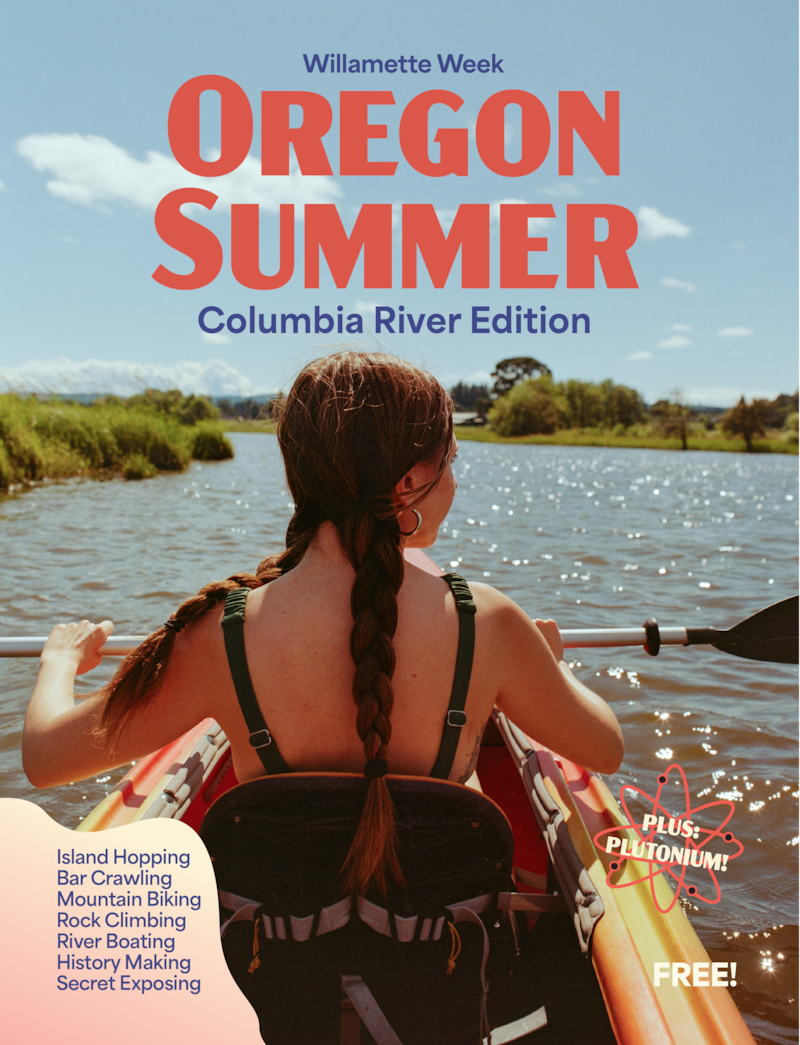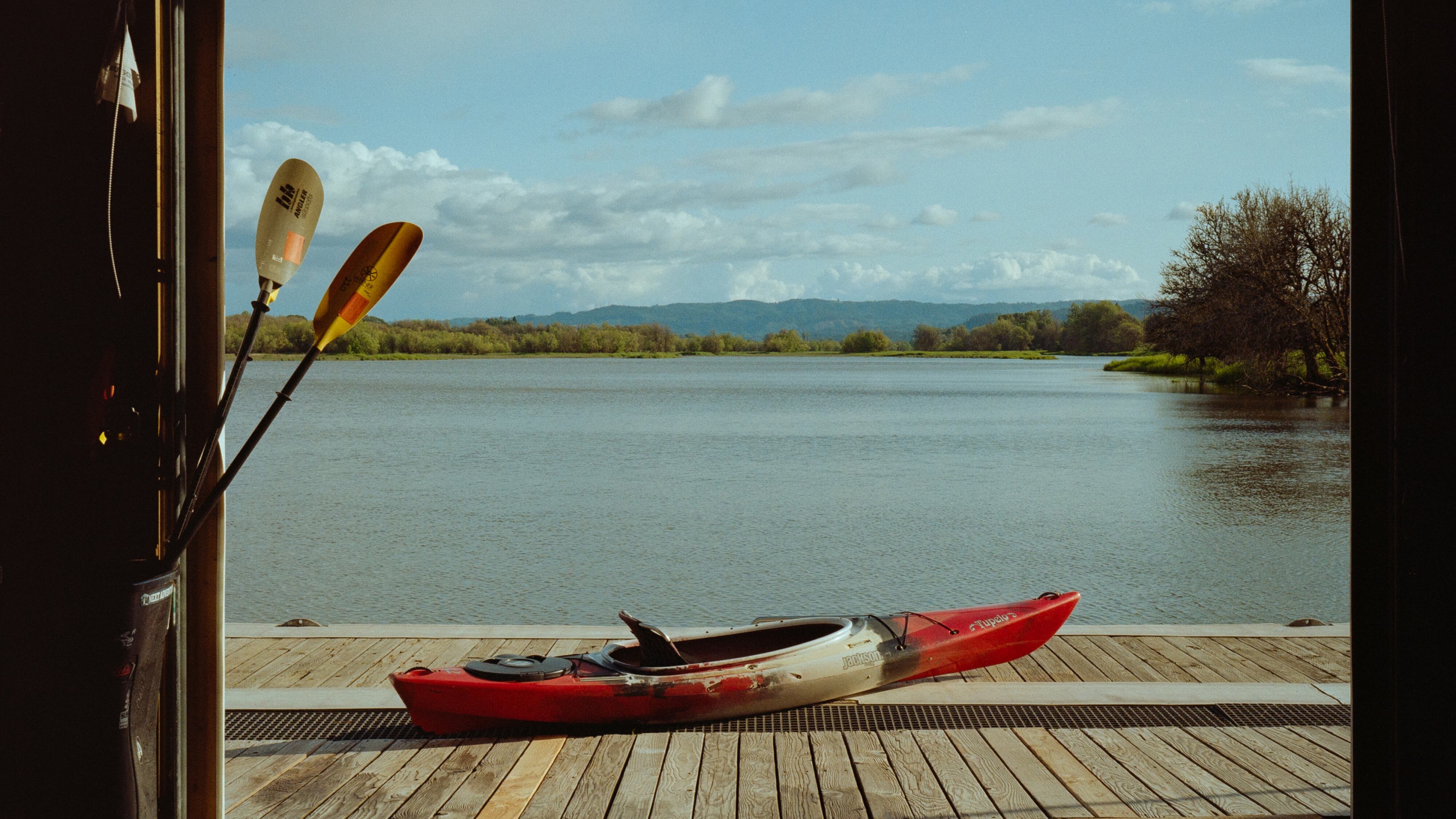Dig. Pull. Glide. To explore the vast reaches of the river in all its dimensions—natural, historical, and spiritual—the best way is the oldest way: paddling.
For thousands of years, paddling was fundamental to the peoples and cultures of the Northwest. Lewis and Clark gazed in awe as they witnessed Chinook paddlers handle their canoes through monstrous waves. In fact, they were so impressed by the craftsmanship of Indigenous canoes they stole one from the Clatsops. Later, the legendary voyageurs (part French, part Indigenous, all muscle) plied the inland waterways, trading pelts and fur.
These days, touring the Columbia with a paddle isn’t an adrenaline sport; more than 470 dams along the main waterway and its tributaries have drowned all the rapids. But on a self-propelled vessel, you can unplug from your feeds and reconnect to something deeper. Paddling gives you a sense of discovery that you aren’t going to get from TikTok. Think of it as hiking you can do sitting down.
A couple weekends ago, we launched a late-afternoon expedition to Government Island, the long green emerald that lies between Portland and Camas. The sun hung low in the sky as we pulled into the boat launch at Chinook Landing near Fairview and started loading gear into our battered aluminum canoe. (Kayaks and paddleboards may be more popular, but canoes have one big advantage: cargo capacity.)
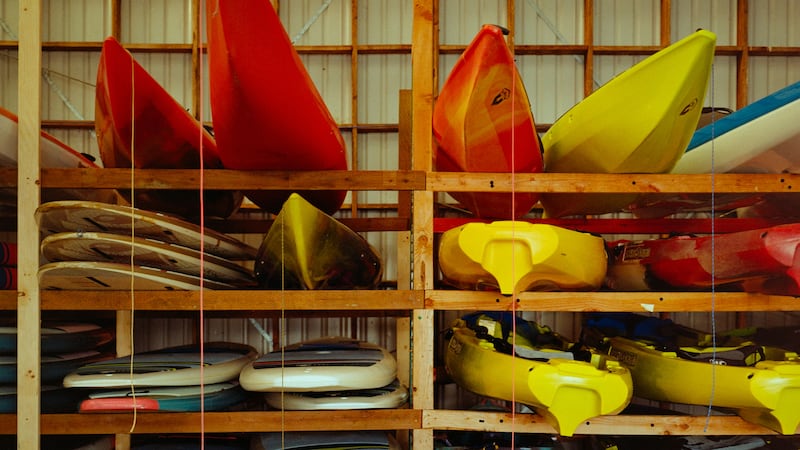
Stowing the gear was easy, but I hadn’t bargained on our valiant seadog, Lucy, having a meltdown about getting in. I stood knee-deep in water, clutching the gunwale to steady the boat while first mate Alex rocked precariously amidships, coaxing Lucy to hop aboard from the dock. Finally, she quit whining and made a mighty leap. A good omen.
Stretching out into the wide Columbia, we felt an odd mix of sweat and goosebumps. The splash of the paddles, the honk of the geese, the weave of wind on the face of the water, the sparkle of the blades cutting through the surface—this is freedom. And solitude. You can paddle a long while on the Columbia and never see another craft.
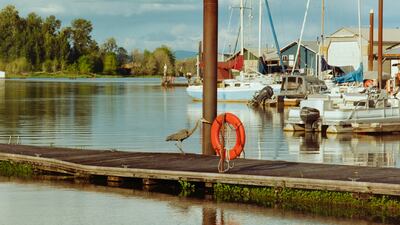
Approaching the island, we spotted a line of rotted spikes stretching across the river, jutting haphazardly from the depths like the teeth of a monumental crocodile. This is a wing dam. The Columbia abounds with these sunken hazards: The U.S. Army Corps of Engineers counts more than 233 from the mouth of the river to Bonne-ville Dam. Their purpose is to focus the flow of the river into the main navigation channels. But for paddlers, they are bad news, capable of capsizing a canoe in a heartbeat. And now the current is pushing us straight into one.
What we should do is turn about, head upstream, and avoid this thing. But from the bow, Alex spots a gap where the spikes (technically known as piles) have rotted away. It looks plenty big enough for us to squeeze through. We go for it—and grind to a lurching, sickening halt. Bad choice. The spikes aren’t missing, they’re lurking just below the waterline. Now we’re hung up on a wicked wooden spear that could gouge a hole in the hull. Luckily, we push our paddles against the piles and rock ourselves free. Lesson learned: Never mess with a wing dam.
A few strokes put this mishap behind us. Soon, an otter joins our expedition, its head popping up above the water at random intervals, easily outpacing us with a lazy backstroke. A regal great blue heron perches on a throne of driftwood, eyeing us warily.
We lug the canoe up on a broad stretch of sand lapped by gentle waves. It’s hard to fathom that this vast island domain is just minutes from downtown Portland. We dine on apples, crackers, and jerky, washed down with 7-Up. Lucy chases minnows in the shallow water. Far in the distance, cars crawl across the interstate bridge at the speed of tiny insects. Time has slowed. We move at the pace of the river now.
Paddler Wisdom
Before you go, check out water safety tips at estuarypartnership.org.
- Always wear a life vest.
- Never mess with a wing dam.
- Steer from the back.
- Beware the shipping channel.
- Wind comes up in the afternoon.
- Check the tide.
- Flip-flops won’t cut it.
- Deer can swim.
- Not all dogs like the water.
Paddling Destinations
The Columbia can be an excellent place to place to paddle, but steer clear of the main stream unless you have support and/or experience. Families and beginners are better off in the innumerable channels and bays.
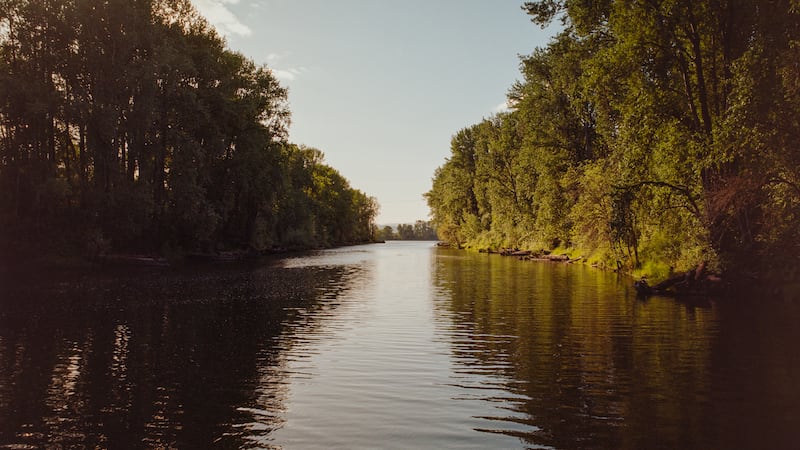
Columbia Slough
Fed by Fairview Lake, this tranquil waterway meanders through 19 miles of North and Northeast Portland, joining the Willamette and, moments later, the Columbia, at Kelley Point Park, flowing through an urban landscape that includes the airport. With slow current and seven access points, the slough (pronounced “sloo”) is ideal for beginners. Longtime Portlanders may scoff at the idea of paddling the slough, but the city’s Big Pipe Project eliminated the sewer outfalls that used to overflow here. The slough is now home to beavers, otters, great blue herons, turtles, and the like.
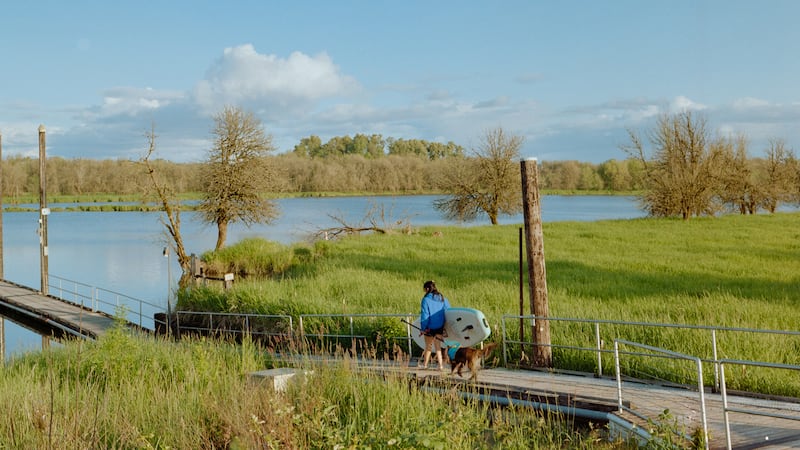
Scappoose Bay
An endless, intricate network of rivers, creeks, and inlets make this peaceful confluence a terrific place to paddle. Located near St. Helens, the bay is formed by Multnomah Channel, which broadens to meet the Columbia at Warrior Point, the northernmost tip of Sauvie Island. Birdwatchers, take note: Cormorants, woodpeckers, eagles, and herons abound, drawn by salmon and sturgeon.
Hayden Island
Container ships. Gargantuan cranes. Grain silos. Are we speaking your language? The Columbia is a working river, and there’s no better way to see it than from Hayden Island. You can gaze across the Columbia (technically this stretch is known as North Portland Harbor) at the Port of Portland’s massive Terminal 6. But that’s only half the story. The western half of Hayden Island is owned by the port, but remains mostly undeveloped. Ask Alder Creek for details.
Lake River
It’s a confusing name, but a great place to paddle. Flowing from Vancouver Lake past the charming riverfront of Ridgefield, this gentle river affords great access to Bachelor Island and the Columbia. Ask Alder Creek for details.
Dalton Point to Rooster Rock
You want adventure? Check out this epic trail at the west end of the Gorge.
More recommendations:
The nonprofit Lower Columbia Estuary Partnership has an excellent online guide to local water trails (estuarypartnership.org/explore).
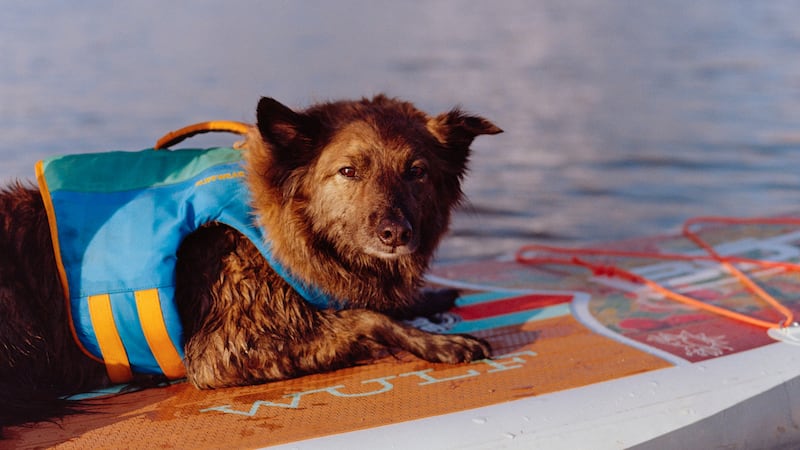
Gear, Guides, and Classes
Getting on the water is more fun when you have support! Below are some of the many excellent resources for gear, guides, classes, and insight into local routes and conditions.
Alder Creek Kayak & Canoe
200 NE Tomahawk Island Drive
503-285-0464
Alder Creek Ridgefield Kayak Rentals
5 Mill St., Ridgefield, Wash.
360-727-4520
Next Adventure Scappoose Bay
57420 Old Portland Road, Warren, Ore.
503-397-2161
nextadventure.net/pages/scappoose-bay-paddling-center.html
Cascade Paddle Boards
12010 N Jantzen Drive
503-863-9641
This story is part of Oregon Summer Magazine, Willamette Week’s annual guide to the summer months, this year focused along the Columbia River. It is free and can be found all over Portland beginning Monday, July 1st, 2024. Find a copy at one of the locations noted on this map before they all get picked up! Read more from Oregon Summer magazine online here.
